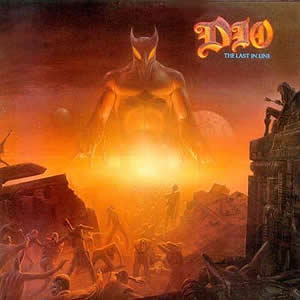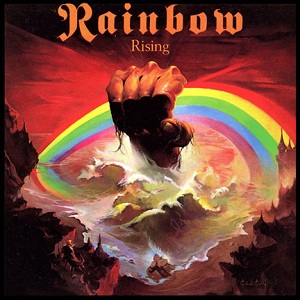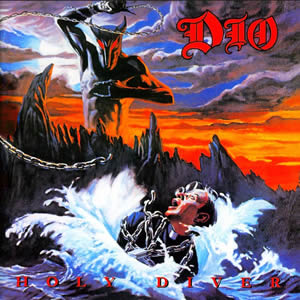The Last In Line by Dio
Buy The Last in Line After stints in several rock groups, Ronnie James Dio found his popular groove in the early eighties with the founding of the group, Dio. Although this band was […]

Buy The Last in Line After stints in several rock groups, Ronnie James Dio found his popular groove in the early eighties with the founding of the group, Dio. Although this band was […]

Buy Ritchie Blackmore’s Rainbow Originating as a side project for Ritchie Blackmore while he was still the guitarist for Deep Purple, Ritchie Blackmore’s Rainbow turned out to be the debut studio album for […]

Buy Rising Rainbow returned with a revamped lineup and fresh approach for the group’s second studio album, Rising. The record is comprised of six solid compositions which are comparable to the material the […]

Buy Holy Diver Holy Diver is the 1983 debut studio album by Dio, led by veteran rock vocalist Ronnie James Dio. Drawing on the influences of multiple contemporaries in pop and rock music, […]